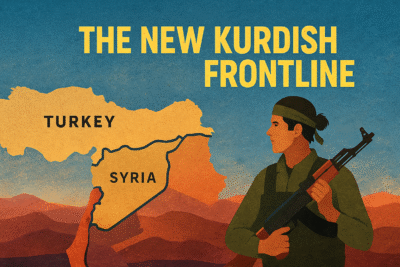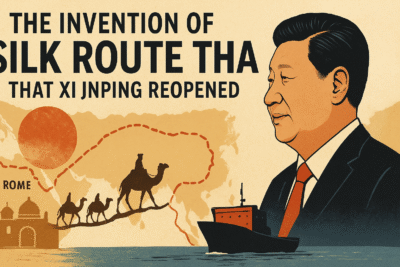
Israel’s security cabinet has unanimously approved a sweeping new plan to expand its military campaign in the Gaza Strip, including the explicit “conquering” and holding of territory, despite warnings from the Israel Defense Forces (IDF) chief that such actions could endanger the remaining hostages held by Hamas.
Cabinet Decision and Military Strategy
The plan, presented by IDF Chief of Staff Lt. Gen. Eyal Zamir, will see Israeli forces take control of additional areas within Gaza, push the civilian population further south, and intensify attacks on Hamas infrastructure both above and below ground.
The operation is designed to unfold in stages, initially focusing on a specific, undisclosed area before expanding further. Implementation is set to begin only after US President Donald Trump’s upcoming visit to the region next week.
Finance Minister Bezalel Smotrich underscored the gravity of the move, declaring that there would be “no retreat from territory recaptured from Hamas in Gaza-not even as part of a hostage agreement”.
Culture and Sports Minister Miki Zohar described the shift as “complete control of the Gaza Strip,” acknowledging that the offensive could place hostages at greater risk but insisting it was necessary for a decisive outcome.
Hostage Dilemma and Internal Debate
The decision comes amid a deadlock in negotiations with Hamas over a possible ceasefire and hostage release. Lt. Gen. Zamir reportedly warned ministers that Israel “could lose” the hostages if a major ground operation is launched.
Families of those held captive have expressed deep concern, urging the government to prioritise a deal for their release over military escalation.
Prime Minister Benjamin Netanyahu, however, reiterated that the twin goals of the campaign remain the defeat of Hamas and the return of the hostages. “In wars, you reach a decision – victory,” Netanyahu said, emphasising that Hamas would not be allowed to remain on Israel’s borders.
Humanitarian Impact and International Response
The cabinet also approved a revamped aid delivery mechanism, aiming to prevent Hamas from diverting humanitarian supplies. Aid will be distributed directly to Gazan families by international organisations and private contractors, bypassing Hamas-controlled channels.
However, the plan would also involve the further displacement of Gaza’s civilian population, pushing hundreds of thousands southwards and risking an even deeper humanitarian crisis as famine and shortages loom.
Internationally, the move is likely to provoke fierce criticism. The United Nations and aid agencies have repeatedly warned of catastrophe for Gaza’s civilian population, and Israel’s stated intention to hold territory indefinitely has already drawn condemnation from allies in Europe and the Arab world.
Strategic Calculations and Future Outlook
Israeli officials argue that only by defeating Hamas and maintaining control over Gaza can further attacks be prevented and the hostages freed. The expansion of operations comes after months of intense bombardment and ground fighting, with Israel now controlling roughly half of the territory.
The plan’s gradual implementation, timed around diplomatic developments and the US President’s visit, suggests Israel is seeking to balance military objectives with international and domestic pressures.
For now, efforts to reach a ceasefire and hostage deal will continue, but the looming offensive marks a significant escalation with potentially far-reaching consequences for both Gaza’s population and the fate of the remaining hostages.



